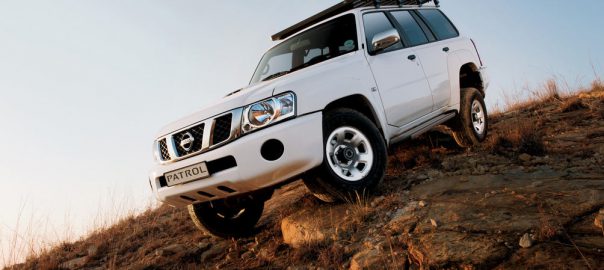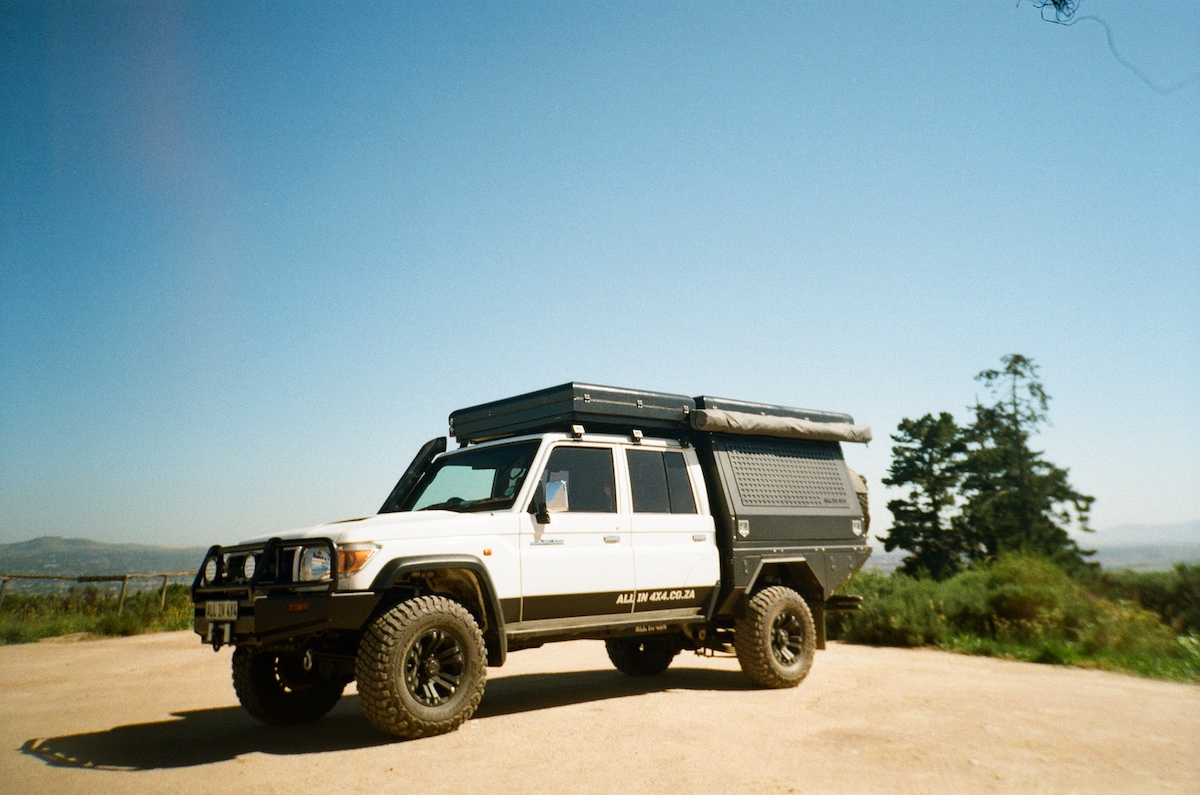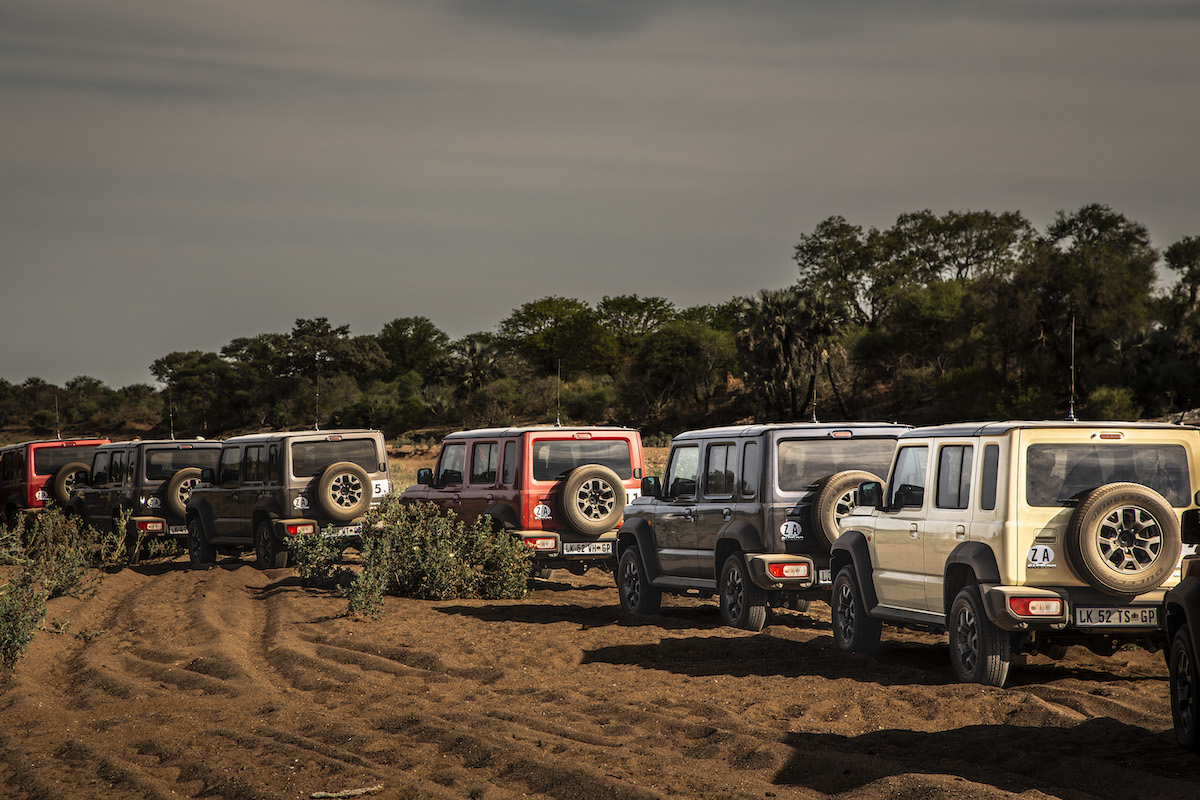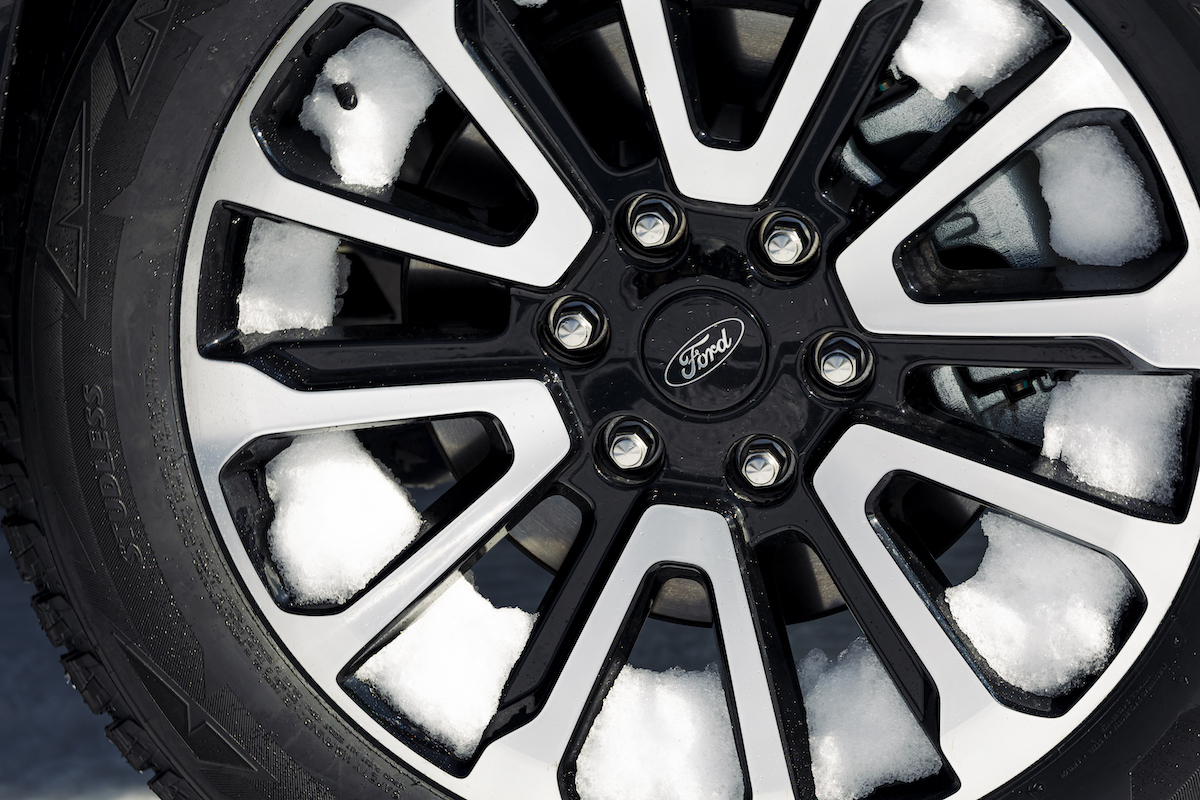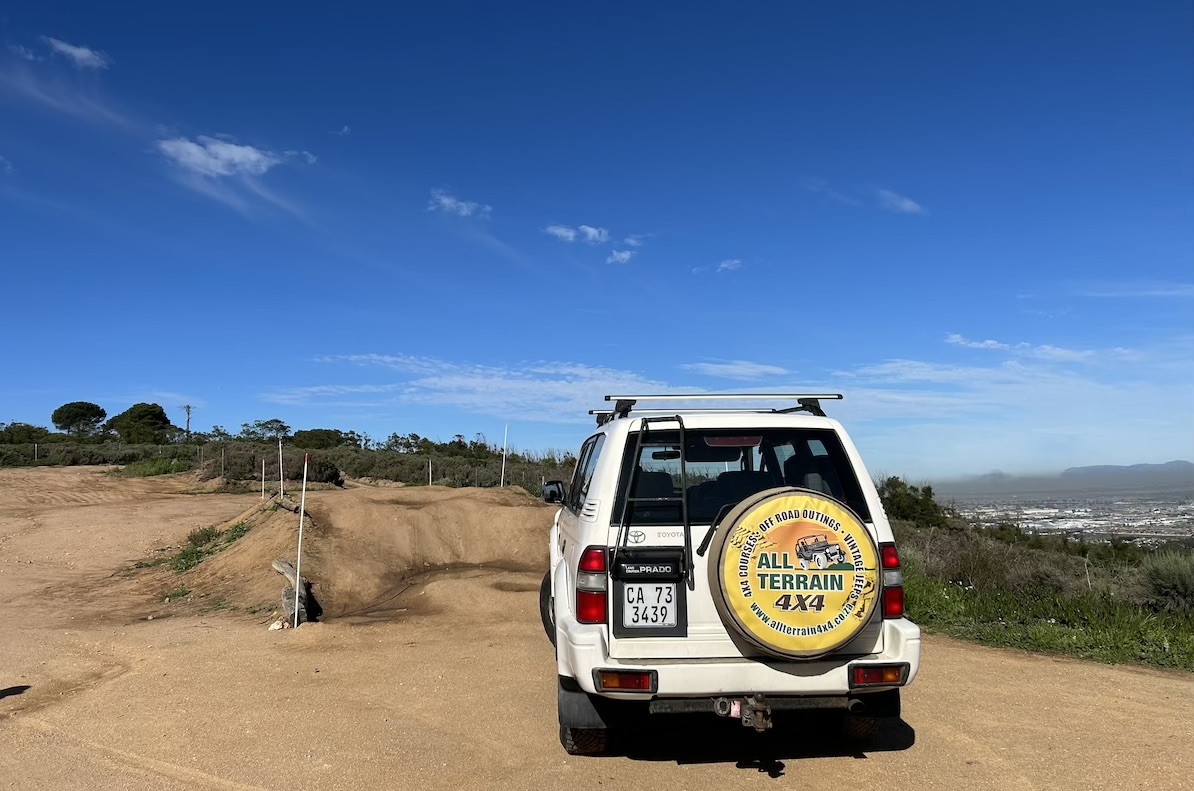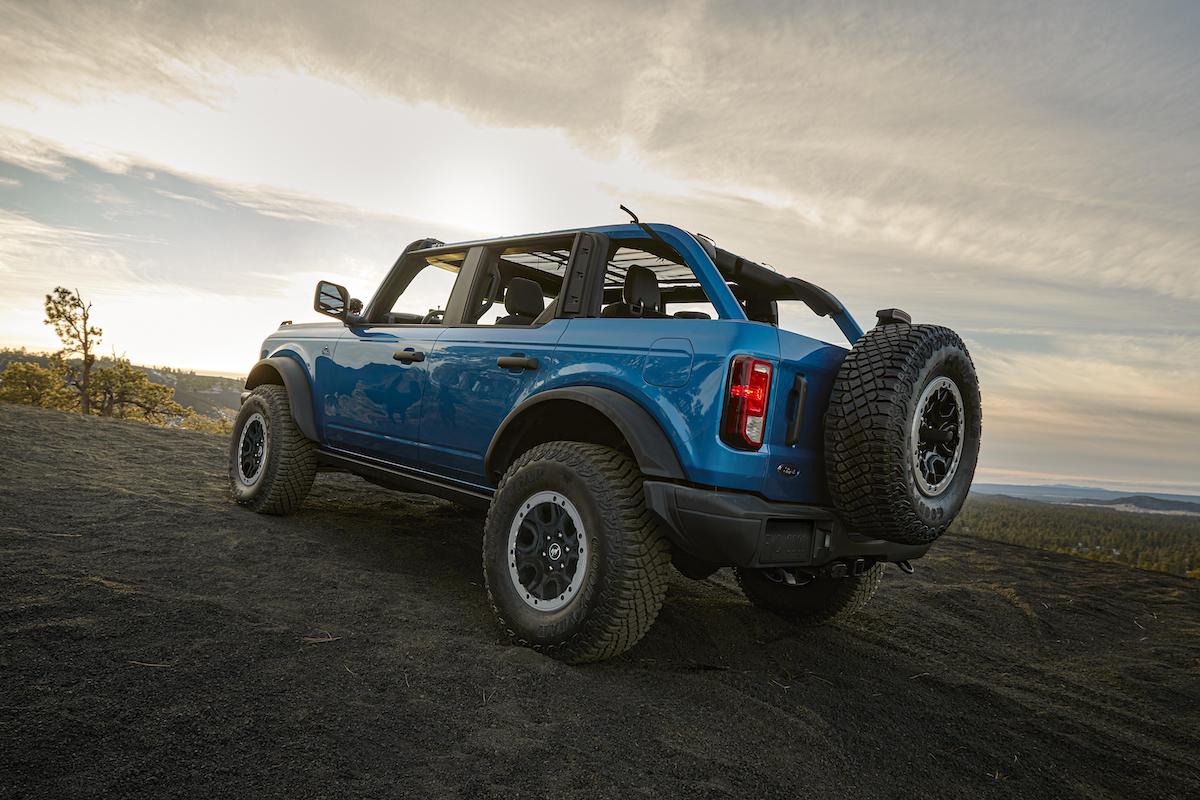If you’re in the market for a luxury overland vehicle, you aren’t exactly spoiled for choice. A quick glance at our buyer’s guide reveals that you have, at most, four vehicles to choose from, including the new Toyota Land Cruiser 200, Lexus LX and Infiniti QX80. One could argue that the Range Rover and Mercedes-Benz GLS also include a mention, but in our opinion they cater more to the luxury segment than a person who wants to drive Cape To Cairo.
All these vehicles, with the exception of the base Land Cruiser 200, retail for more than R1 million, but somehow Nissan has managed to launch its new base Patrol station wagon with a sticker price of just R619 900.
I spent a week in its company to find out if could notice the massive price gap between its closest rival, the 200 4,5D V8 GX, which costs around R220 000 more…
To be honest, the differences are immediately apparent. While most of its rivals have migrated more to the luxury side of things, the Patrol soldiers on with its no-nonsense attitude.
Ride and handling
It’s not an advanced vehicle by any stretch of the imagination. Its rivals all have fancy 4×4 buttons with various surface settings and such.
The Patrol offers a 3,0-litre turbocharged common rail diesel engine with 118kW and 371Nm on tap, which is mated to a five speed manual gearbox. The only driving modes it offers are two-wheel drive, four-wheel drive and four low.
As a daily driving tool, it’s convincingly decimated by every one of its rivals. The engine, while doing an admirable job of powering the vehicle, is nowhere near as potent as the engines offered in the competitors. It’s also the only luxury barge with a manual gearbox, which has both positive and negative attributes.
On a day-to-day basis a manual car is agonizing to live with, especially if you live in Jozi, Cape Town, Durban or Snor City, but on the open road its lack of self-shifting abilities is soon forgotten.
On the upside, a manual gearbox comes as standard with a greater sense of self-accomplishment when you off-road. Modern 4x4s tend to do all the hard work and thinking for you, but in a Patrol it’s just you. When you get it right, you feel like a million bucks, but, on the flipside, you also have to take ownership of any mishaps that might happen.
Speaking of, what’s it like when the going gets tough?
Off-road ability
The Patrol’s no-nonsense attitude is most apparent in the mechanicals. The Patrol has heavy-duty springs, telescopic shocks front and rear, a 135-litre fuel tank, a rear locking differential and automatic locking hubs.
It’s an old fashioned approach to off-roading and overlanding, but at least the Patrol has a number of off-road figures it can brag about as a result. Despite its sheer size, this station wagon has an impressive 210mm of ground clearance, coupled to a 37-degree approach and 31-degree departure angle.
The 3,0-litre engine, five-speed manual and rugged underpinnings come together and deliver a secure and planted off-road experience. It’s no small wonder the Patrol has such a loyal following in SA, as it may be the only true overlander left in these parts.
I’m aware that the above is a controversial statement, but let’s look at the facts. The Patrol comes with 2226 litres of packing space, a 2,7 ton tow rating and a spare wheel mounted on the tailgate, which is exactly where it should be if you’re serious about off-roading.
It’s engine will be 100% okay if you put it on a diet of 500ppm, which means you could actually drive it from the dealership floor to the bottom steps of the pyramids without a single modification. You won’t get there fast, but you’ll get there. Eventually.
In low range it feels adequately powerful. It idles over easier obstacles, while only a small amount of throttle is needed for obstacles with a four or five rating.
The only thing that really counts against it is size, but since all of its competitors are similarly bulky, I can’t realistically subtract points for that. And besides, it’s just one of those things you compensate for when choosing a line.
The luxury
What Nissan has done, and rather smartly I might add, is keep everything that made the Patrol such a legendary vehicle, just as it was. Instead of fiddling with a proven recipe, Nissan has just added some much needed garnish to make it a little bit more pleasing to live with.
This includes a full-colour infotainment system with navigation, USB and Bluetooth connectivity thrown in as standard. The seats are leather, the windows are electric and the air-conditioning is two-zone and automatic. What more do you really need? Well, cruise control would have been a welcome addition, considering the distances an owner will likely travel and satellite controls on the steering wheel really should be standard fare on any car that costs more than R150 000.
The infotainment system, while doing an admirable job, looks like an aftermarket accessory, which it probably is. It’s also mounted too low, which makes it difficult to see what the screen is displaying, as it almost permanently reflects the gear lever situated directly in front of it.
The additional refinement and luxury is a welcome addition, but it’s still a little rough around the edges. Having said that, none of the above flaws were deal breakers. They would be in a Lexus, Toyota or Land Rover, but it’s easier to forgive the Patrol. First and foremost, it’s a rugged off-roader. Luxury, in this case, is nothing more than a nice afterthought.
The verdict
The competition has moved onwards and upwards, which has left the Patrol wanting in a few areas, but it’s not as black and white as that. These days Nissan uses its Infiniti brand to compete in the upper echelons, so there’s no need for an ultra luxury Patrol with heated seats and a massive V8. The QX80 does that, and it does a mighty fine job I might add.
Where does that leave the Patrol? Well, it currently sits in a class of one. The Toyota Land Cruiser 70 station wagon might just be a decent competitor, but it costs more and is an even bigger pain to live with day-to-day. Its V8 turbocharged diesel also requires 50ppm diesel, so if your serious about overlanding, the Patrol is basically it these days…
Yes it’s old and yes it’s nowhere near as refined as the other luxury giants, but does it matter? For those in search of the ultimate luxury express the answer is yes. If luxury is your primary objective I’d recommend you buy something else, but if you want to send your friends a few postcards from Giza, the Patrol might just be the barge for you.
Engine
Type: Four-cylinder, turbocharged and intercooled diesel
Displacement: 2953 cc
Max power: 110 kW@3600 r/min
Max torque: 371 Nm@2000 r/min
Chassis and body
Layout: Front engine, part time four-wheel drive
Brakes front: disc brakes
Brakes rear: disc brakes
ABS: Yes
Wheels: 16-inch
Tyres: 265/70R16
Spare tyre: Full-size
Steering: Power assisted
Suspension
Front: Three-link coil spring
Rear: Five-link coil spring
Dimensions
Gross vehicle mass: 3080kg
Kerb weight: 2355kg
Length: 5030mm
Width: 1940mm
Height: 1855mm
Wheelbase: 2970mm
Towing capacity: 2700/750kg
Fuel tank size: 95 + 40 litres
The 4×4 specs
Ground clearance: 210mm
Transmission type: Five-speed manual
Differential lock (rear): Yes
Part-time four-wheel drive: Yes
Wading depth: 700mm
Approach angle: 37 degrees
Departure angle: 31 degrees
Breakover angle: 27 degrees
Warranty and service
Five-year/90 000km service plan coupled to a six-year/150 000km warranty
We like:
Off-road ability, no nonsense attitude, durability and ironclad warranty.
Not so much:
The additional luxuries are welcome, but it’s still a bit rough around the edges.
